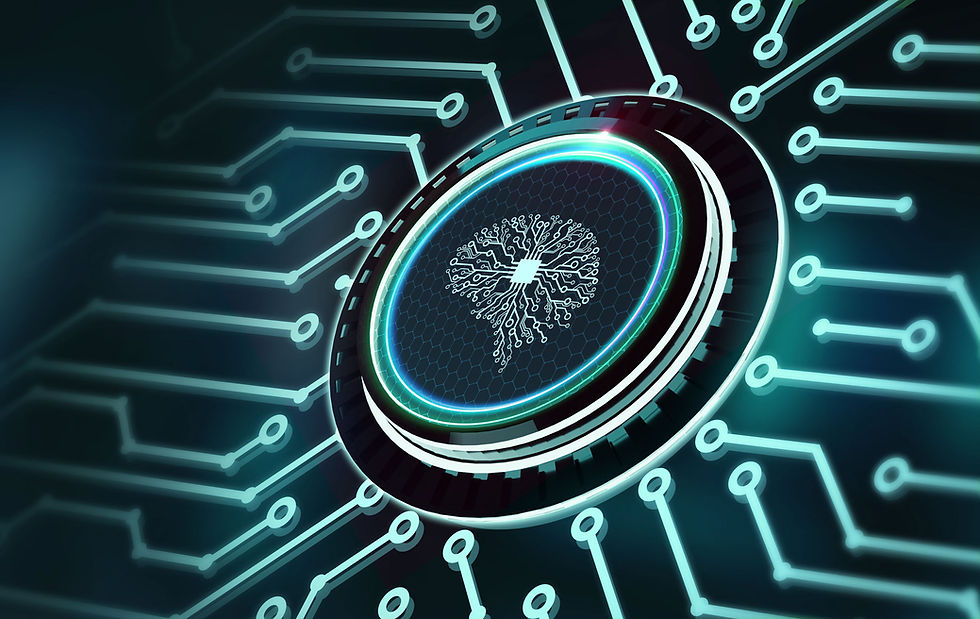Introduction to Clustering: K-Means and Beyond
- Shreyas Naphad
- Feb 13
- 3 min read
Updated: Feb 15
In simple words, clustering is like sorting a messy pile of socks into neat groups based on their color or pattern. In a similar way here we are dealing with data! In machine learning, clustering helps us find out hidden patterns and group similar data points without needing the labeled answers.
Now let us understand what clustering is with Scikit-Learn, starting with the classic K-Means algorithm and exploring what lies beyond it.
What is Clustering?

Clustering is a type of unsupervised learning technique. We can think of it as organizing a collection of photos into albums where the photos with similar themes such as vacations, pets, or birthdays go into the same album. The magic is that we don’t tell the algorithm what those themes are and it figures them out on its own!
K-Means Clustering: The Basics
K-Means is the most popular clustering algorithm, and here’s how it works:
Initially we start by telling the algorithm how many groups (clusters) we want.
It then picks random points as "centers" of the clusters.
Each data point joins the nearest center.
The cluster centers adjust based on their assigned data points.
Steps 3 and 4 repeat until things stabilize.
Imagine trying to group different kinds of fruits based on their sizes and sweetness. K-Means will place fruits like bananas and mangoes in one group, while lemons and limes end up in another.
Beyond K-Means: Other Clustering Techniques
K-Means is great, but it’s not perfect. Sometimes, we need other algorithms for different types of data:
Hierarchical Clustering: Its job is to build a tree of clusters to show how data points are related.
DBSCAN (Density-Based Spatial Clustering): Groups points based on density, ignoring outliers.
Gaussian Mixture Models (GMM): It can be thought of as a soft version of K-Means where points can belong to more than one cluster.
When to Use Clustering?

Clustering is perfect when:
We want to group customers into segments for targeted marketing.
We are exploring patterns in data, like finding hotspots on a map.
We are simplifying a large dataset into smaller, meaningful groups.
Let’s See It in Action
Here is a simple way to use K-Means in Python with Scikit-Learn:
from sklearn.cluster import KMeans
import matplotlib.pyplot as plt
# Sample data
data = [[1, 2], [1, 4], [1, 0], [10, 2], [10, 4], [10, 0]]
# K-Means Clustering
kmeans = KMeans(n_clusters=2, random_state=42)
kmeans.fit(data)
# Cluster labels and centers
print("Cluster Labels:", kmeans.labels_)
print("Cluster Centers:", kmeans.cluster_centers_)
# Visualize clusters
plt.scatter(*zip(*data), c=kmeans.labels_, cmap='viridis')
plt.scatter(*zip(*kmeans.cluster_centers_), color='red', marker='X', label='Centers')
plt.legend()
plt.show()
This code creates two clusters and visualizes them with just a few lines!
Conclusion
Clustering is an exciting way to find out the hidden structures in our data and K-Means is just the start. Depending on the data and needs, other algorithms like DBSCAN or Hierarchical Clustering may be more suitable. With Scikit-Learn, trying out different clustering techniques has become very easy!
Comments